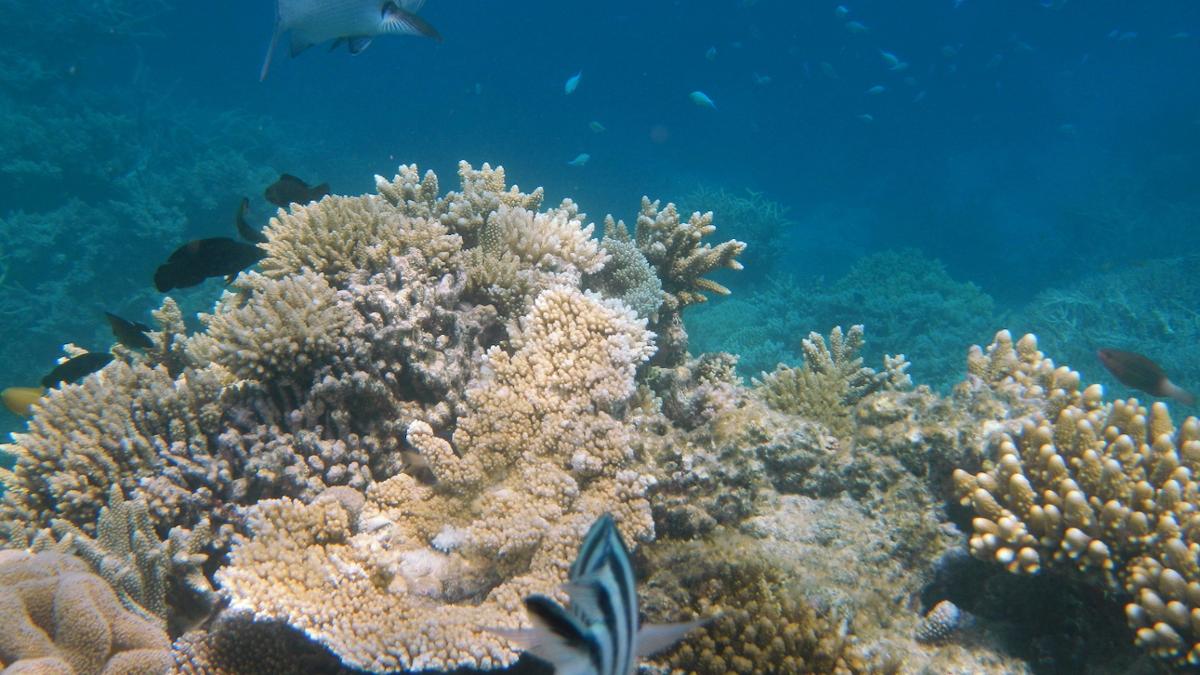The Great Barrier Reef is, well, pretty great. The largest coral reef in the world, it stretches out for an area over 100,000 square miles. It also stretches up!
In the fall of 2020, as they were exploring a remote region of the northern Great Barrier Reef, scientists discovered a pinnacle reef. A cone-shaped tower of coral, a pinnacle reef takes millions of years to grow. This one rises from the surrounding flat seabed, like a single mountain reaching toward the ocean’s surface. What’s noteworthy about this particular pinnacle reef is that it’s taller than the Empire State Building!
But for something so large, this reef has kept itself well hidden. The other nearby pinnacle reefs—all seven of them—were charted at the end of the 1800s. How does something this colossal stay a secret for over a century?
The Great Barrier Reef isn’t a single entity, and much of it is hard to get to. Extending 1,500 miles along Australia’s coast and comprising thousands of individual reefs, it’s massive enough that parts of it have been barely explored. Plus, the new discovery is a detached reef, meaning it’s somewhat isolated.
Luckily, though, scientists were remotely mapping the seafloor when they first encountered the pinnacle reef. From its milewide, limestone base, it climbs about 1700 feet through the water. Its pointy peak stops a mere 130 feet below the surface. And if that weren’t cool enough, the reef teems with life: fish, coral, and sharks. Though it took humanity awhile to find, this pinnacle has long been home to a host of sea creatures.









